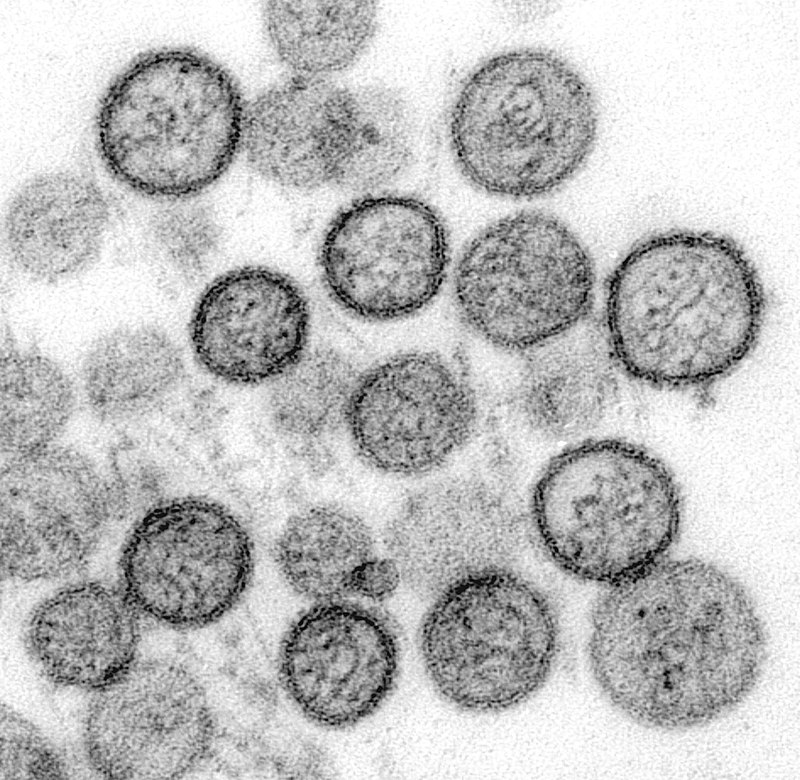
Antibody provides broad protection vs hantaviruses
An international research team headed by Pablo Guardado-Calvo at Institut Pasteur Paris has demonstrated evaluated antibody efficacy against lethal hantaviruses.
In rodents, research teams from France, the US, Germany and Sweden showed that the engineered antibody ADI-65534 protected rodents from deadly hantaviruses. Hantavirus infection belongs to a group of zoonoses causing two major syndromes, depending on the viral serotype involved: Hemorrhagic fever with renal syndrome (HFRS) also known as endemic nephropathy and cardiopulmonary syndrome (CPS). Unlike most antibodies, ADI-65534, which was designed by Invivyd, Inc (formerly Adagio Therapeutics) and Abimab LLC and is co-developed by Moderna Inc., can protect against the evolutionarily distinct Andes virus and Puumala virus, suggesting it could fill the need for a broad-acting, pan-hantavirus therapeutic.
Hantaviruses comprise at least 50 distinct viruses that are show a mortality rate over 40% and are spread by rodents. They are broadly split into two groups: Old World hantaviruses that are endemic in Europe and Asia, and New World viruses endemic in the Americas. Currently, there is no effective therapy that. However, most neutralizing antibodies only work against a narrow range of hantaviruses, or must sacrifice potency to achieve broader antiviral breadth.
Building on previous work, Laura Walker at Moderna and Pablo Guardado-Calvo at Institut Pasteur Paris have solved the structure of ADI-42898 that exhibits potency and breadth against hantaviruses. They had previously isolated this antibody from a convalescent donor who survived infection with Puumala virus, an Old World hantavirus, and now found that the antibody blocked the virus’ ability to fuse to cell membranes. ADI-42898 neutralised an array of both Old World and New World hantaviruses when tested in culture, and protected bank voles from infection with Puumala virus.
The authors further engineered the antibody to protect hamsters from lethal infections with Andes virus, a New World hantavirus that is evolutionarily distinct from Puumala virus. They believe that ADI-65534,is a promising candidate to prepare for future hantavirus outbreaks.



 Ipsen SA
Ipsen SA Alchemab Therapeutics Ltd
Alchemab Therapeutics Ltd